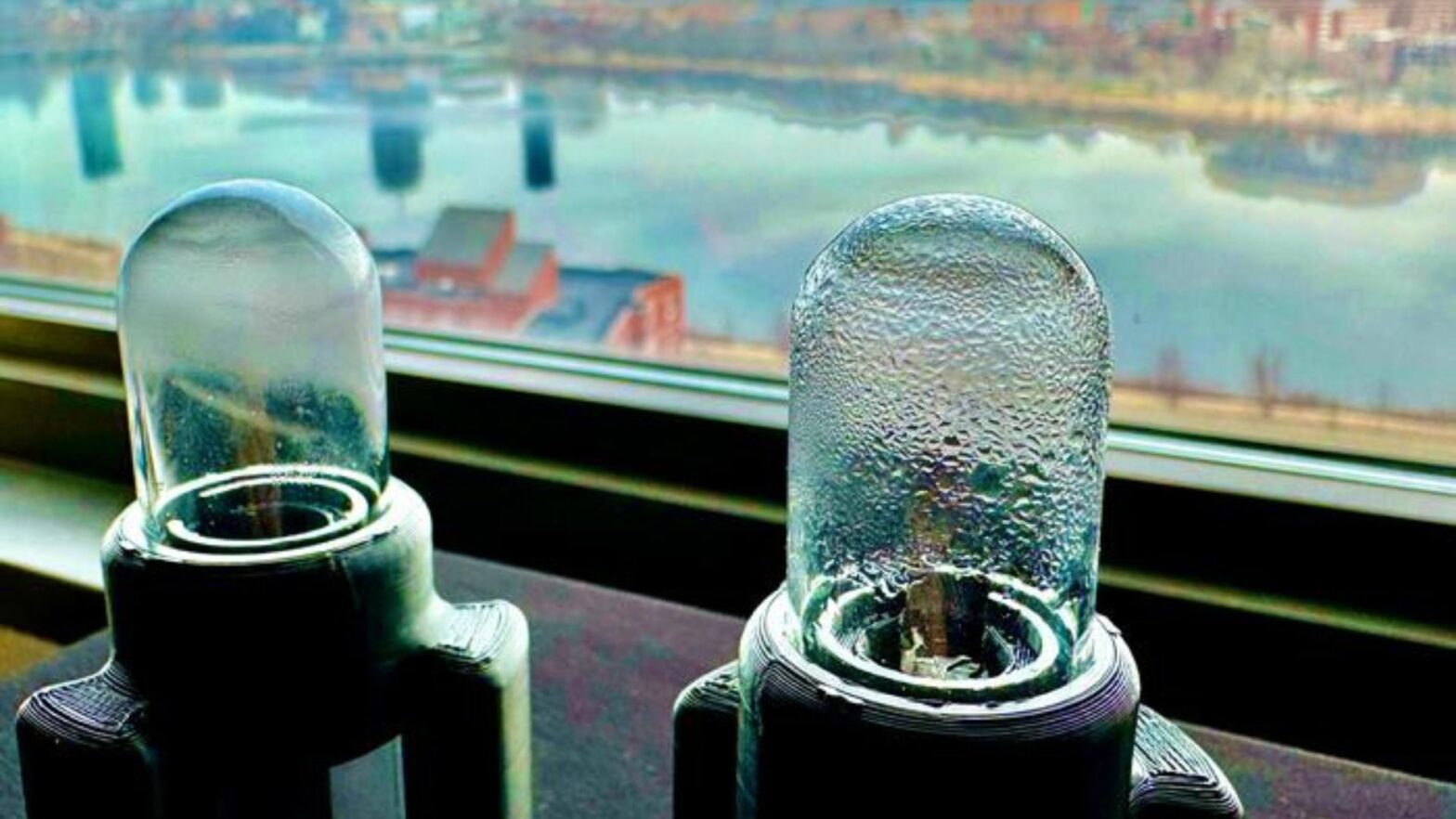MIT engineers have developed a new, rapid method for producing clean drinking water from sponge-like atmospheric water harvesting (AWH) materials.
Standard AWH systems are based on sorbents – materials that are excellent at absorbing moisture from the air but have difficulty releasing it. Typically, these systems use the sun's heat to evaporate trapped moisture, a passive process that can take a long time.
“Any material that is very good at trapping water doesn't want to separate from that water, so you have to invest a lot of energy and valuable hours to extract water from the material,” said Svetlana Boriskina, senior research scientist in MIT's Department of Mechanical Engineering.
The MIT team replaced the slow thermal process with a high-frequency acoustic method using a device called an ultrasonic actuator.
It uses ultrasonic waves to “shake” the water out of the sorbent material.
Interestingly, this method recovers water within minutes, a significant improvement over the dozens of minutes or hours required by thermal designs.
High frequency shaking
Ultrasound (or ultrasonic waves) refers to acoustic pressure waves that oscillate at frequencies above 20 kilohertz (20,000 cycles per second) and are therefore invisible and inaudible to humans.
These high-frequency vibrations were found to be at just the right frequency to shake water molecules out of the crop.
The device vibrates at high frequency and emits ultrasonic waves that are precisely tuned to shake water molecules out of the sorbent.
“Using ultrasound, we can precisely break the weak bonds between water molecules and the places where they sit,” said Ikra Iftekhar Shuvo, the lead author of the study.
“It's as if the water is dancing with the waves, and this targeted perturbation creates a pulse that releases the water molecules, and we can see them shaking out in droplets,” Shuvo added.
In terms of equipment, the heart of the water recovery system is the ultrasonic actuator.
A flat ceramic ring produces high-frequency vibrations when voltage is applied. This vibrating ring is surrounded by an outer ring containing tiny nozzles.
When the water is shaken out of the material (sorbent), the resulting water droplets fall through these nozzles and are directed into collection containers that are positioned both above and below the vibration ring.
45 times more efficient
When tested with quarter-sized AWH material samples, the ultrasonic device successfully dried each sample in just a few minutes.
The ultrasonic method was found to be 45 times more efficient at removing water from the sorbent material than the standard technique that uses solar heat.
While the new system requires a power source, the team envisions it being powered by a small solar cell. This capability allows for an automated system that can be activated when the sorbent is full, allowing for multiple soaking and shaking cycles in a single day.
“It depends on how much water you can extract per day. With ultrasound, we can quickly recover water and change it over and over again. That can add up to a lot per day,” Boriskina noted.
The researchers envision a household-scale system that is roughly the size of a window and features a fast-absorbing material and an ultrasonic actuator.
Ultimately, this rapid cycle system could be a game-changer for communities in desert regions and areas where traditional water supplies and even saltwater desalination options are limited.
The results were published in the journal Nature communication on November 18th.
